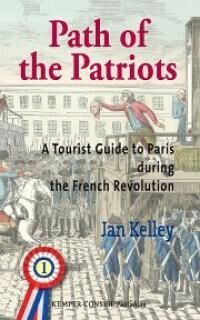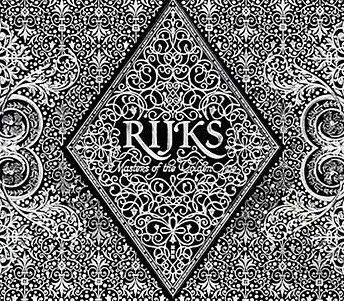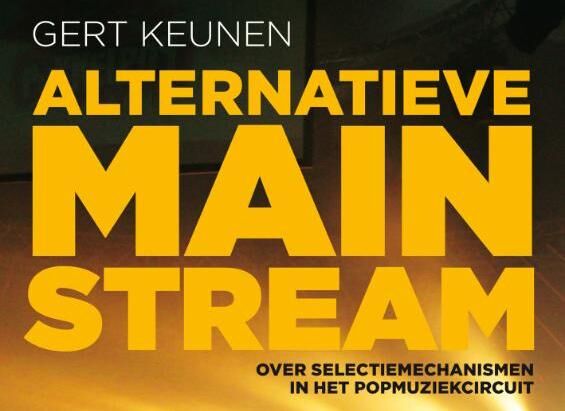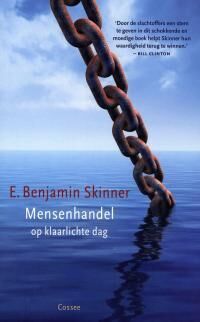THE STORMING OF THE BASTILLE
‘Paris,Wednesday 15 July 1789. My dear friend, how can I describe the bloody scenes that have taken place since the
dismissal of M. Necker. Please excuse the disorder of my letter; it reflects the state of my mind. Blood is flowing,
cannons roar, the alarm bell sounds everywhere, and rage is in every heart. On Sunday evening, the city was full of people drunk and furious, running through the streets in a frenzy, breaking into shops and arming themselves with anything they could get their hands on. They pressed everyone they met to join them. The Prince de Lambesc, Colonel of the Royal German Guard, arrived at the Place Louis XV [now Place de la Concorde] where there was an immense crowd of people, some simply out walking, some waiting for news from Versailles. The Prince charged
in at full gallop, lashing out with his sabre in all directions, slaughtering women, children and old men. Then
they came into the Boulevard de la Chaussée d’Antin, with the intention of preventing any action by the people of the faubourgs Saint- Antoine and Saint-Honoré, when along came a detachment of French Grenadier Guards, intent on annihilating the Royal Germans.
Ten German Guards were killed, and the rest took flight, killing about thirty more citizens as they retreated.’
‘In fear of seeing Paris burned and pillaged by the rabble, people assembled everywhere, according to their electoral districts, alarm bells sounded in every quarter. Fifty
thousand people registered in their districts; I was in
the district of the Filles Saint-Thomas, where there were
twelve hundred of us. On Monday a mob of people set fire to Saint-Lazare, where they discovered an astonishing amount of grain and flour. They also liberated the prisoners in the Hôtel de la Force. Carriages were prevented from leaving Paris, and some of them were pillaged. The Duc de Châtelet, leaving for Versailles, was taking the
ferry at Invalides. Someone recognized him and tried to throw him out of the boat. Three Grenadiers stopped him from falling into the Seine, and the duke begged on his knees for mercy. The people were going to drown him, but he saved himself by
declaring that he and his Regiment supported the Third Estate.’
‘A hundred thousand men broke into the armoury of the Invalides, where forty thousand guns were distributed to
everyone. M. Desombreuil had the good sense to surrender immediately. They took half the cannons to the Place de
Grève and the other half to the PalaisRoyal. Then they set off for the Bastille. At 2 a.m. about two hundred men arrived and asked the Governor, M de Launay, to open the gates; he raised the drawbridge and massacred the two hundred unfortunates. The rage of the people knew no more limits. At 3 a.m. they rushed back to the Hôtel-de-Ville to fetch three cannons, and took them to the Bastille. Then commenced the siege that lasted two hours. People jumped into the moat of the Bastille, the sturdiest of them climbed up on each other’s shoulders, and a dozen of the most vigorous, armed with hatchets, broke down the door. This operation took three-quarters of an hour.
Two thousand people entered, and soon a white handkerchief announced that the Bastille was ours.’ (…)
(Rossel, André)
Jan Kelley, Path of the Patriots. a tourist guide to Paris during the French revolution, Kemper Conseil, isbn 978 90 765 4250 8 ( € 24,95)





